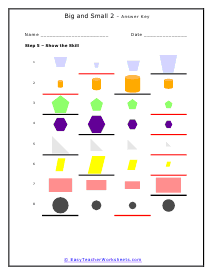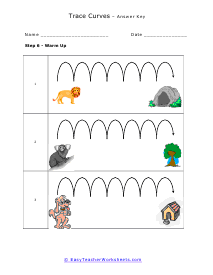Kindergarten is one of the most important times in a child's life. It's when we learn to share, have good manners, and color as well. It's also the first time we meet up with our friend Mr. or Mrs. Math. The skills needed for Kindergarten include simple position (left, right, up, down), group comparisons, counting, sorting, and even addition. In Kindergarten we try to build a solid foundation for students. That starts with a sense for numbers. First, we identify the numbers and then we focus on how they relate to one another by teaching counting and sequence. We also explore ordinal and cardinal numbers at this level. We usually build up to reach twenty or just a few off it. Having a good understanding of the meaning of time and being able to read clocks and calendars also appear in Kindergarten. The curriculum ends with geometry. The focus at this level is to be able to name shapes. We encourage teachers to make math as really for students as possible. They need to see why it is important to be good at math at this level. If they attribute value to learning this skill, it will motivate them to work just a little harder.
Below you will find over 500 worksheets that are just for Kindergarteners and Preschool students. The worksheet topics are sorted alphabetically. In each section you will find a lesson that students can use totally independent of teachers. A guided lesson is present which can help remind students of the skill. There are always a good helping of practice worksheets in each section. We also include something that many teachers really appreciate and that is a quiz. It all comes with answer keys too. Click on the preview image to see all the worksheets found in that section.



























